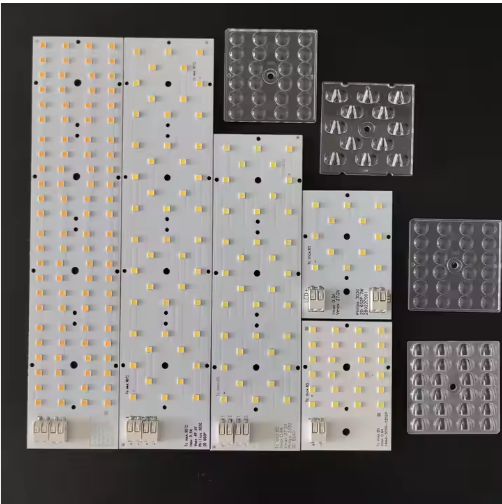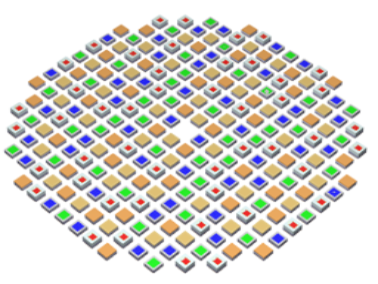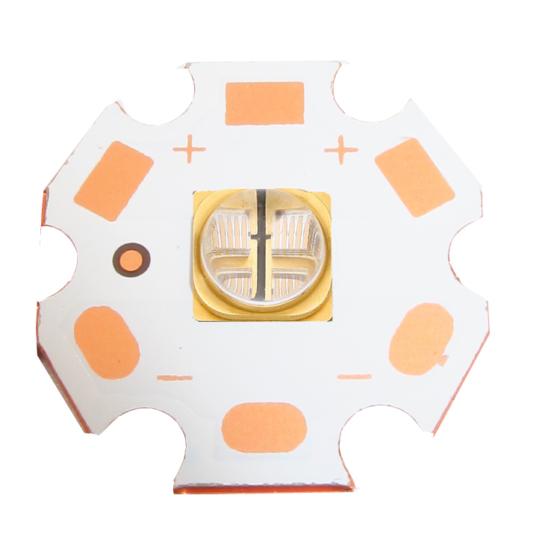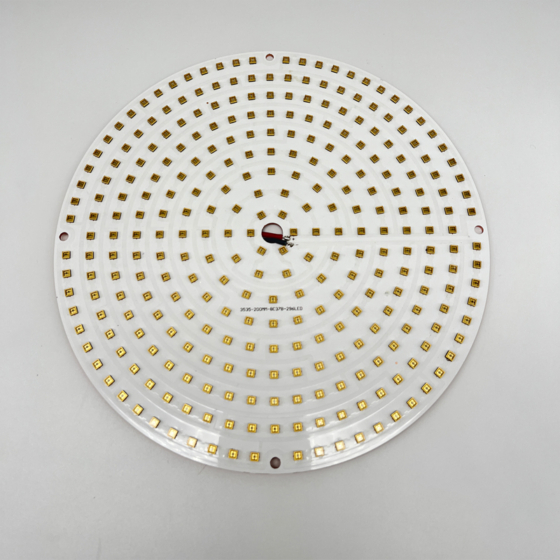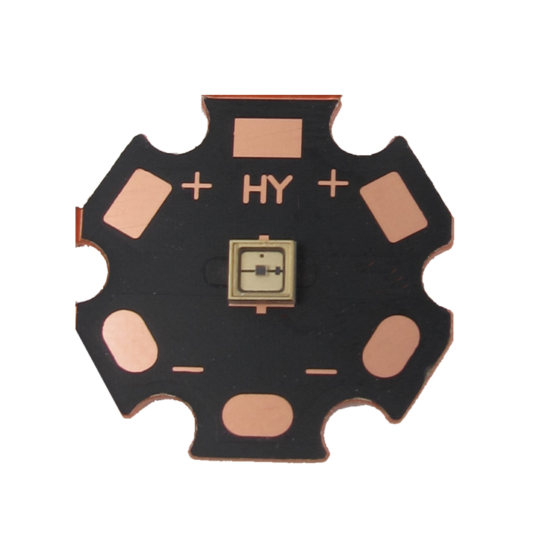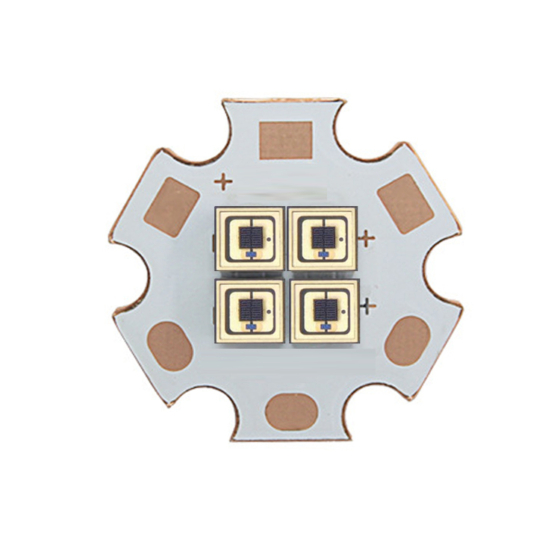Customized Spectra
We encourage global designers to fully unleash their imagination and create specific spectra. With over 92 types of LED phosphor technologies and products, along with full-wave LED chip resources, covering all possible spectrum combinations, we offer the most comprehensive selection of LED spectra in the world.Bring the Sun Indoors
Natural daylight has countless benefits, ranging from improved human health, accurate color perception and vigorous plant growth.
Full spectrum lights can help supplement natural daylight, helping you feel better, see better and grow better.
With recent innovations in LED technologies, Waveform Lighting has succeeded in creating some of the most advanced full spectrum light spectra that truly replicate natural daylight.
Spectrum Matters
Natural daylight contains an even distribution of all wavelengths across the visible spectrum. To fully benefit from full spectrum lighting, a light source’s spectrum must be as close to natural daylight as possible.
Even lighting products that claim to contain full spectrum light (particularly fluorescent lamps) are lacking in certain colors, especially deep red Heyis What you see in these lights may be a daylight balanced light color, but in reality, the light may only be emitting in a narrow range of wavelengths that creates the illusion of “daylight white.”
Defining Full Spectrum
There is no standardized metric for measuring “full spectrum,” which can make comparing different products difficult.
The best approximation of spectrum fullness is the Color Rendering Index (CRI) along with color temperature (CCT). CRI measures the ability of a light source to bring out the true colors of an object, and indicates a light spectrum’s similarity to natural light sources.
Truly full spectrum light sources, by virtue of being similar to natural daylight, must have a very high CRI and color temperature between 4000K and 6500K to be considered a true, full spectrum light source.
Waveform Lighting’s ABSOLUTE SERIES™ LED lamps have up to 99 CRI (Ra). This means that our lights are virtually indistinguishable from daylight.
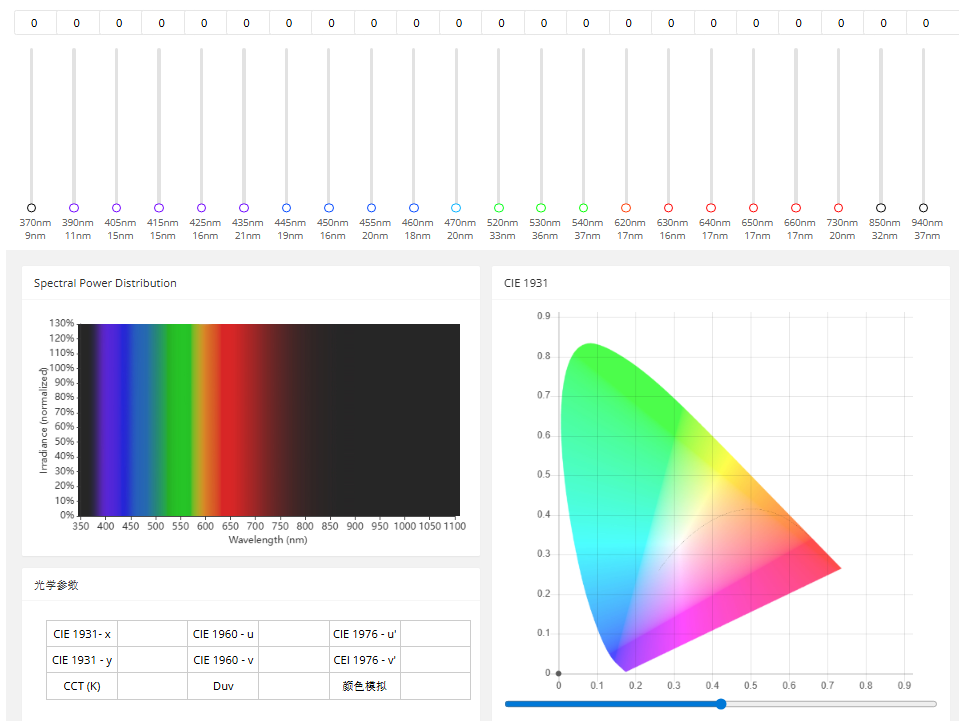
How we achieve full spectrum
LED phosphors are the technological advancement in LED lighting technologies that makes full spectrum lighting possible.
Phosphors convert light energy of one wavelength and redistribute that energy as a different wavelength. For example, a red phosphor will convert blue light energy, and re-emit red wavelength energy.
By carefully adjusting the amount of various colored LED phosphor in an LED chip, an unprecedented level of spectral control becomes possible. Because LED phosphors are in powder form, they can be readily mixed into various color recipes with changes in phosphor ratio resulting in subtle color differences.
Our carefully developed phosphor recipes are the secret sauce to achieving a full spectrum result that truly mimics natural daylight.


